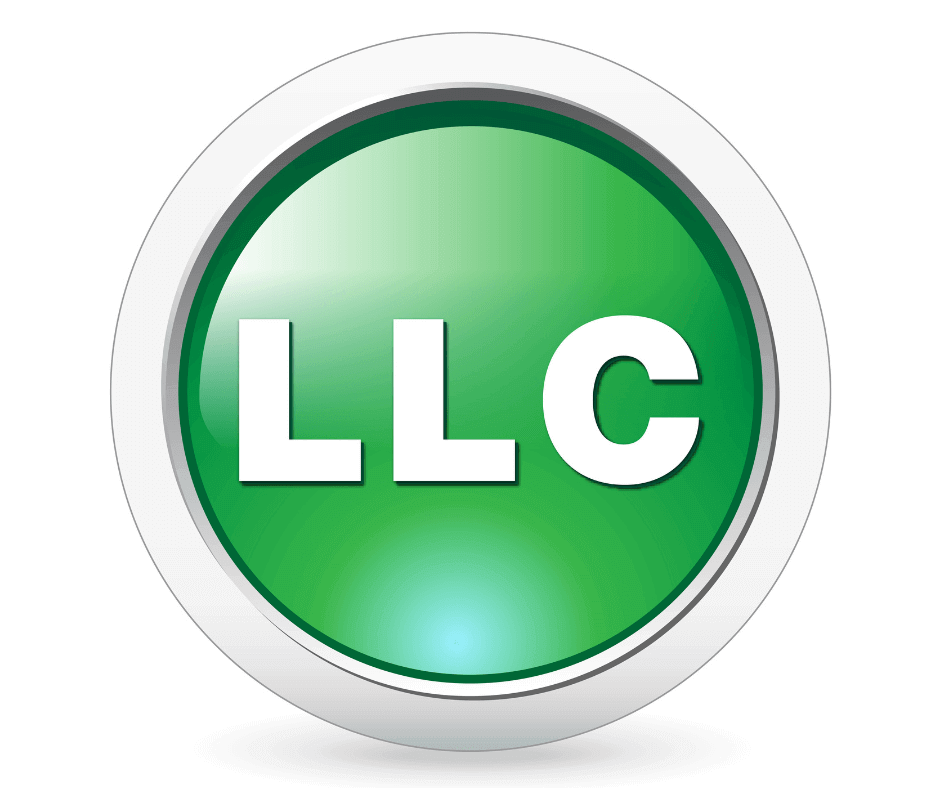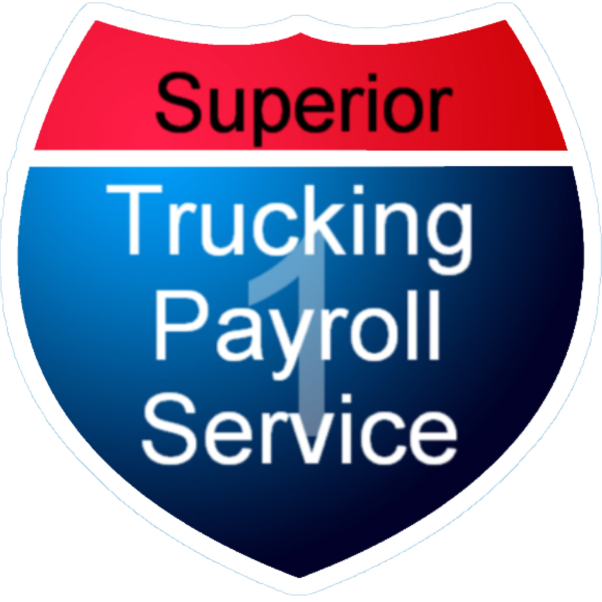How do I pay myself if my LLC is taxed as an S-Corp or C-Corp?
Can I still take a draw, or do I have to pay myself as an employee now?
If you’re asking these questions, you’re not alone. Many business owners feel confused — especially after making the move to be taxed like a corporation. The truth is, paying yourself works very differently once the IRS sees your LLC as a corporation, and if you don’t follow the right steps, you could end up with tax penalties or worse.
In this article, we’ll break it all down in plain English — from how payroll works to what a “reasonable salary” means to how distributions fit into the picture. Whether you’re already taxed as an S Corp or thinking about making the switch, you’ll learn how to pay yourself the right way and stay on the IRS’s good side.

What Does It Mean to Be Taxed as an S Corp or C Corp?
Your business is still an LLC on paper — but for taxes, you’ve asked the IRS to treat it like a corporation. This is called making a tax election.
- S Corporation (S Corp): Profits pass through to owners, but you must pay yourself a salary and can also take distributions.
- C Corporation (C Corp): The company pays corporate tax, and you pay personal tax on any money you take out — that’s called double taxation.
This setup is very different from how single-member or multi-member LLCs are usually taxed. In those cases, you pay yourself with an owner’s draw, and the business income is reported directly on your personal tax return. But once your LLC is taxed as a corporation, the rules change — and so does the way you pay yourself.
Either way, once you choose this path, the IRS expects you to pay yourself as an employee.
Why LLC Owners Choose S Corp or C Corp Tax Status
Most LLCs make this change to save money on self-employment taxes.
Normally, you pay about 15.3% in self-employment tax on all your profit as a regular LLC.
But with an S Corp, you can split your income:
- Part as a salary (subject to payroll taxes)
- Part as a distribution (not subject to self-employment tax)
With a C Corp, it’s different — the company pays tax on profits, and you pay personal tax on the money you take out.
Either way, you must run payroll if you work in the business.
How to Pay Yourself a Salary (Step by Step)
Once you’re taxed as an S Corp or C Corp, you’re required to pay yourself a reasonable salary through payroll.
Here’s how it works:



Put Yourself on Payroll
You must become a W-2 employee of your business. That means:
- Withholding federal and state income taxes
- Paying Social Security and Medicare (FICA)
- Paying employer payroll taxes
This also means you must run payroll regularly — not just transfer money from one account to another.
Pick a Reasonable Salary
The IRS expects your salary to reflect the work you do:
- If you run the business full-time, your pay should match a full-time worker in a similar role
- If you only work part-time, you can pay yourself less
The IRS doesn’t give exact numbers, but you’re expected to use industry standards or documentation to support your pay.
Set Up Payroll Taxes
You’ll need to:
- Withhold taxes from your paycheck
- Pay employer payroll taxes
- File payroll tax reports (monthly, quarterly, and yearly)
This process can get complicated fast. Most business owners use a payroll service or accountant to keep everything running smoothly and legally.
Can I Still Take Distributions?
Yes — if you’re taxed as an S Corp, you can take both:
- A salary (run through payroll and taxed like a normal paycheck)
- Distributions (extra profits taken out, not subject to self-employment tax)
But there’s a rule: you must pay yourself a reasonable salary first before taking distributions.
Distributions are usually transferred from your business bank account to your personal account — but make sure to track them separately from your regular paycheck.
Important: You still pay income tax on distributions but not self-employment tax. This is one of the biggest reasons small business owners elect S Corp status — it can reduce your overall tax bill.
What About C Corporation Distributions?
If your LLC is taxed as a C Corp, things work a little differently:
- The business pays corporate income tax on its profits
- You pay personal income tax on your salary and any dividends you receive
That’s called double taxation — one tax at the company level and another at the personal level.
For this reason, C Corp taxation is less common for small businesses unless they plan to reinvest profits or raise outside capital.
What Are Guaranteed Payments?
Some LLCs use guaranteed payments to pay owners — but that’s usually only in multi-member LLCs taxed as partnerships.
Guaranteed payments:
- Are paid no matter how much profit the business makes
- Are treated like wages for tax purposes
If your LLC is taxed as an S Corp or C Corp, you won’t use guaranteed payments. You’ll use payroll and distributions instead.
Common Mistakes to Avoid
-
Skipping Payroll
If you’re taxed as an S Corp or C Corp and work in the business, the IRS requires payroll. Taking draws without payroll is a red flag and can lead to penalties.
-
Setting Your Salary Too Low
Trying to pay yourself only $10,000 per year just to avoid taxes? That could trigger an audit. Your salary needs to be reasonable for the work you do.
-
Not Tracking Distributions
Mixing up salary and distributions makes things messy — especially at tax time. Always track these payments separately and clearly.
S Corp and C Corp LLCs: What to Remember About Owner Pay
If your LLC is taxed as an S Corp or C Corp, you’re no longer just taking draws. You’re an employee of your business.
That means:
- You must run payroll
- You must pay yourself a reasonable salary
- S Corp owners can take distributions — but only after payroll is handled
This setup can be a smart move for saving on taxes — but only if it’s done the right way.
If you’re not sure how to handle this or wondering if it’s even the right setup for you, check out what we do for our clients. It might help you decide your next move.
At Superior Trucking Payroll Service, we help LLC owners like you stay legal, get paid the right way, and avoid IRS trouble — all while saving time and hassle.
Written by Melisa Bush
With over 15 years of experience in the trucking industry, Melisa is well-versed in the complexities of trucking payroll and adept at navigating special circumstances. Before joining Superior Trucking Payroll Service, Melisa worked at a trucking company, where she managed driver miles and expenses for a fleet of 50 trucks. This hands-on experience gives her unique insight into the challenges our clients face when preparing their payroll data.
Melisa’s top priority is customer service. She strives to treat each client as an individual with genuine needs, rather than just another number in the system. Her goal is to alleviate the burdens of our clients and make their daily operations smoother.

